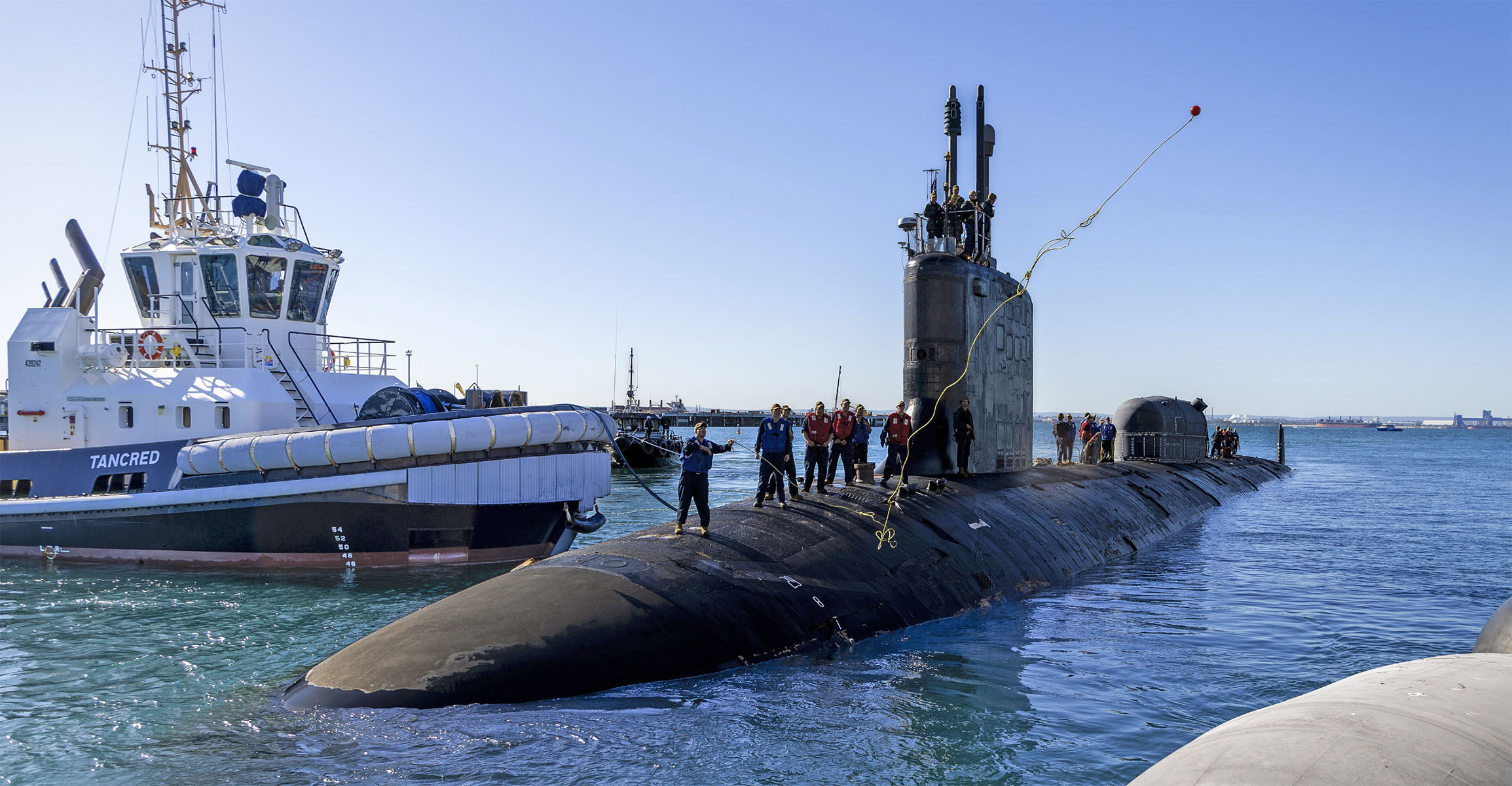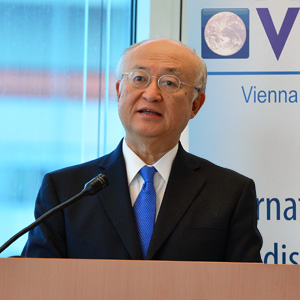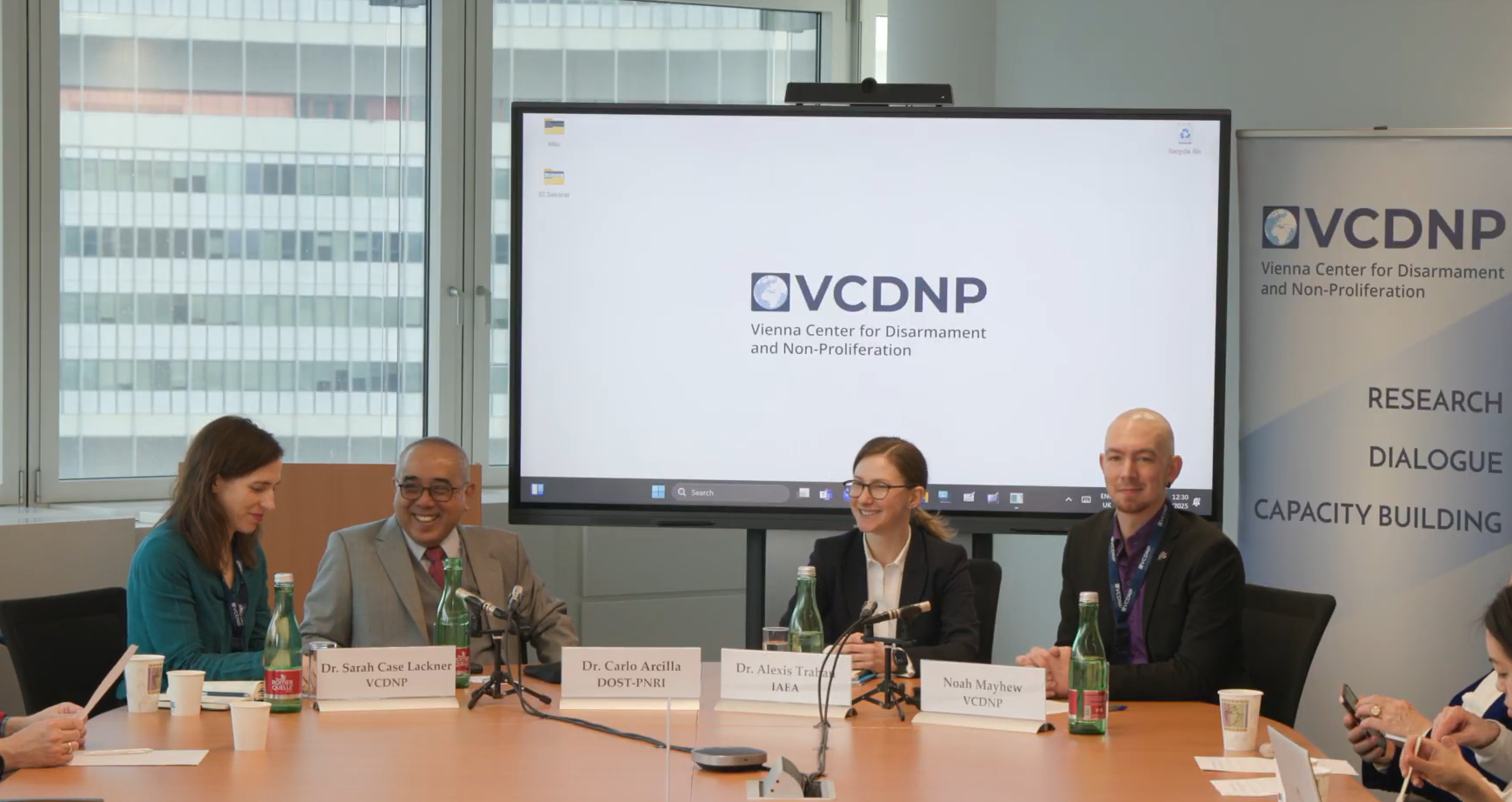
On 27 March 2025, the Vienna Center for Disarmament and Non-Proliferation (VCDNP) convened a group of experts to discuss how integrating safety, security, and safeguards from the beginning of the engineering design process (3S by Design) affects the deployment frameworks of small modular reactors (SMRs) and other advanced reactors. This seminar expanded on key discussions and outcomes of the 2024 International Atomic Energy Agency (IAEA) International Conference on Small Modular Reactors and their Applications.
In his opening remarks, VCDNP Senior Research Associate Noah Mayhew highlighted the potential of SMRs to expand access to nuclear power and other applications of nuclear energy. He also stressed that considering safety, security, and safeguards from the outset of the engineering design process is critical to unlocking this potential. The 3S by Design approach, he noted, would help facilitate the early deployment of SMRs and other advanced reactors to non-nuclear-weapon States and avoid costly retrofits to the designs or schedule delays for export. These considerations framed the seminar’s discussion, which included expert insights from:
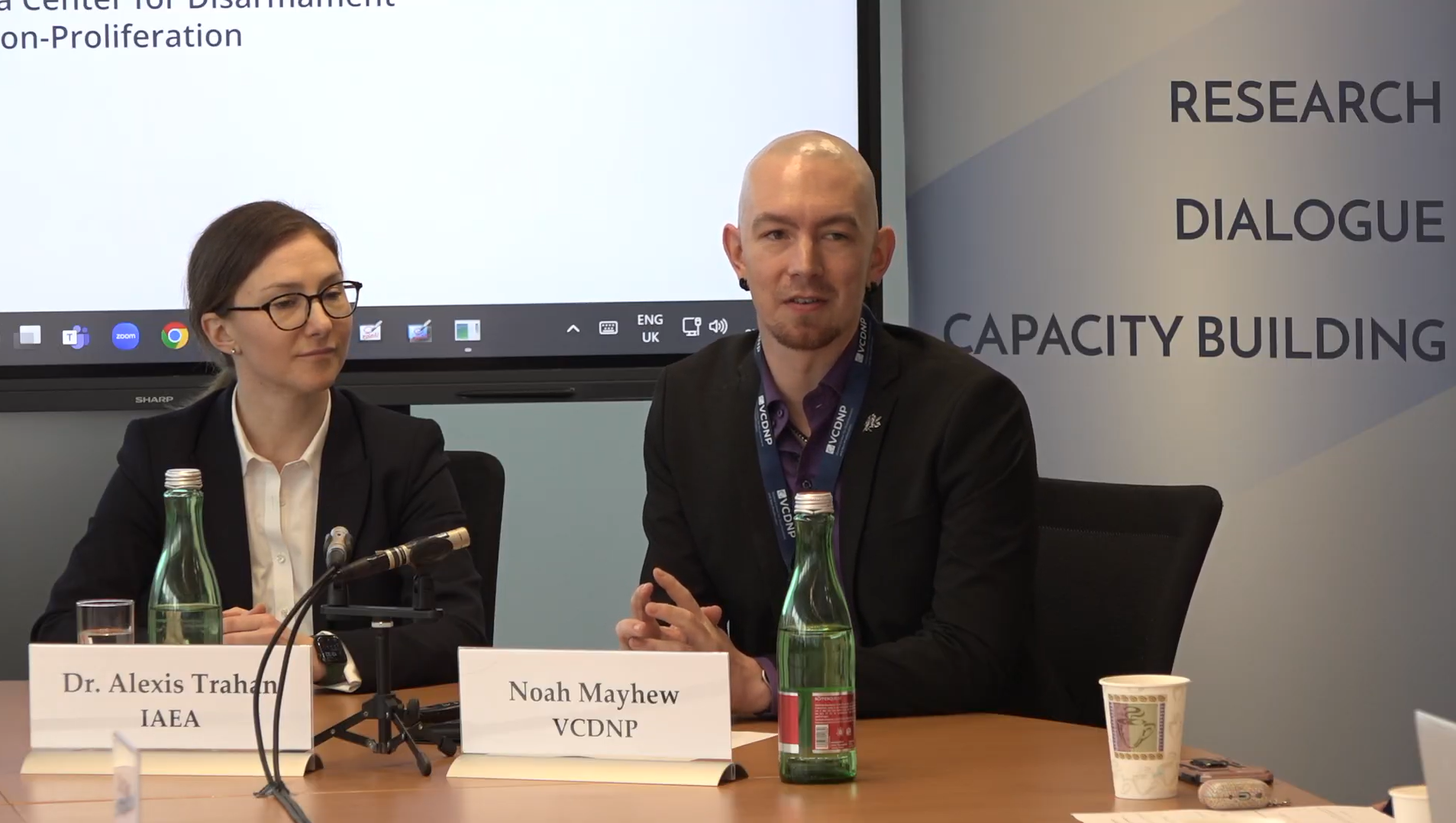
Dr. Trahan focused on the value of safeguards by design, illustrating how early planning for verification measures, such as surveillance systems and inspector access, can prevent costly retrofits. For example, industry data shows that retrofitting safeguards equipment in existing nuclear facilities can increase costs by 15 to 30 percent, while proactive design integration reduces both expenses and operational disruptions.
Using the analogy of "building a garage for your car", Dr. Trahan explained how proactive collaboration between designers and regulators ensures efficient and effective safeguards. She also addressed unique challenges for advanced reactors, such as verifying flowing fuel in molten salt reactors and managing deployments in remote or harsh environments. Given these scenarios, she reinforced that a good engineering design process minimises risks for all stakeholders, guaranteeing that safeguards function effectively in practice.
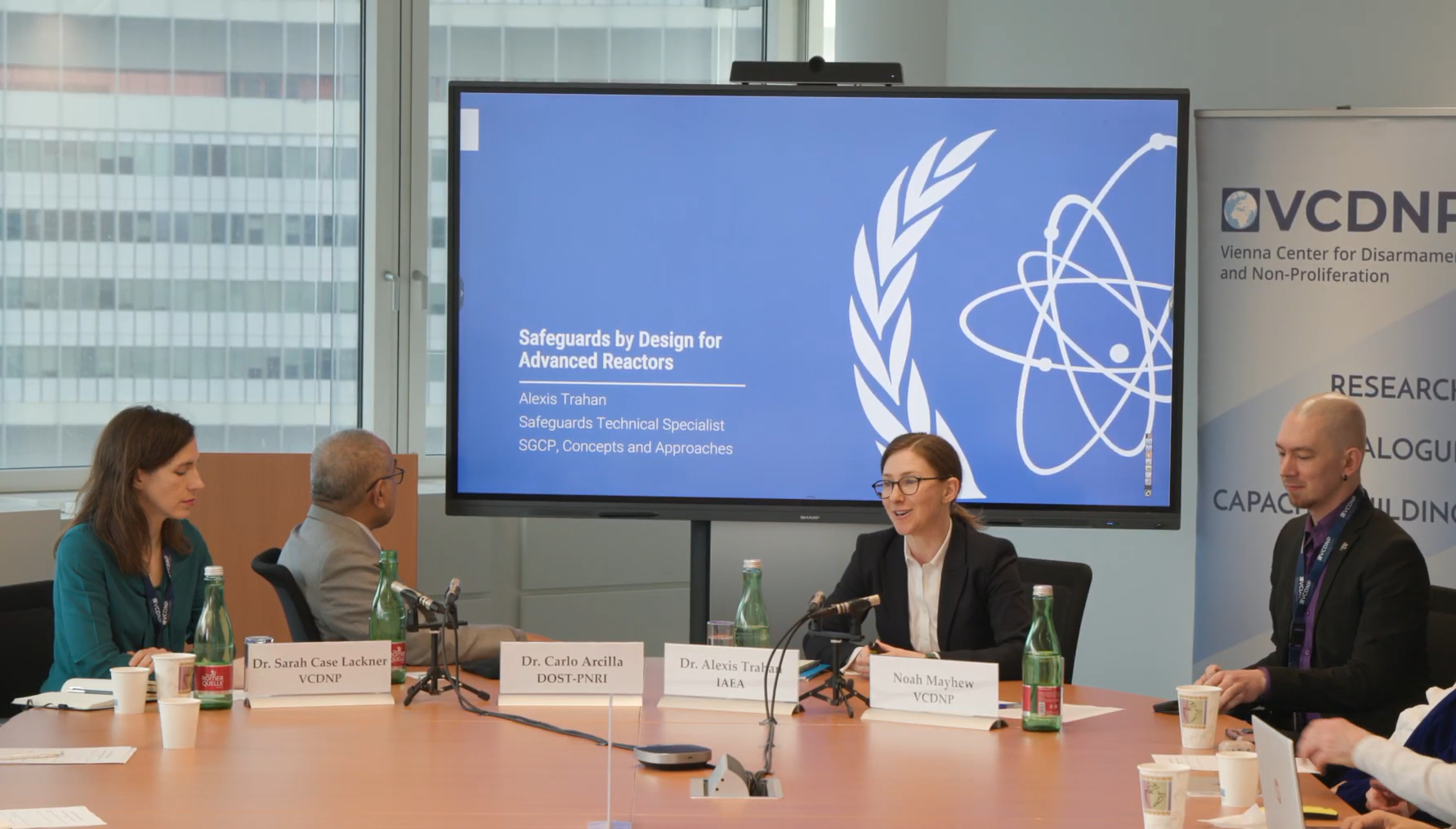
Dr. Arcilla shared the Philippines’ interest in SMRs, pointing out their capacity to resolve geographical challenges, disaster risks, and energy poverty. He mentioned that Filipino households spend 10 percent of their income on electricity, far higher than the two to four percent in neighbouring countries like Malaysia and Indonesia. With only two SMRs operating worldwide, Dr. Arcilla expressed concern about relying on untested designs, saying “you can’t regulate paper”.
He called for real-world prototypes to confirm safety and performance, referencing examples like TRISO (TRi-structural ISOtropic) particle fuel for use in pebble-bed modular reactors. For island nations like the Philippines, which often face natural disasters, SMRs could deliver reliable and localised power. However, Dr. Arcilla stressed the need for actual operational data to guide licensing, encouraging the nuclear community to focus on working prototypes rather than just conceptual designs.
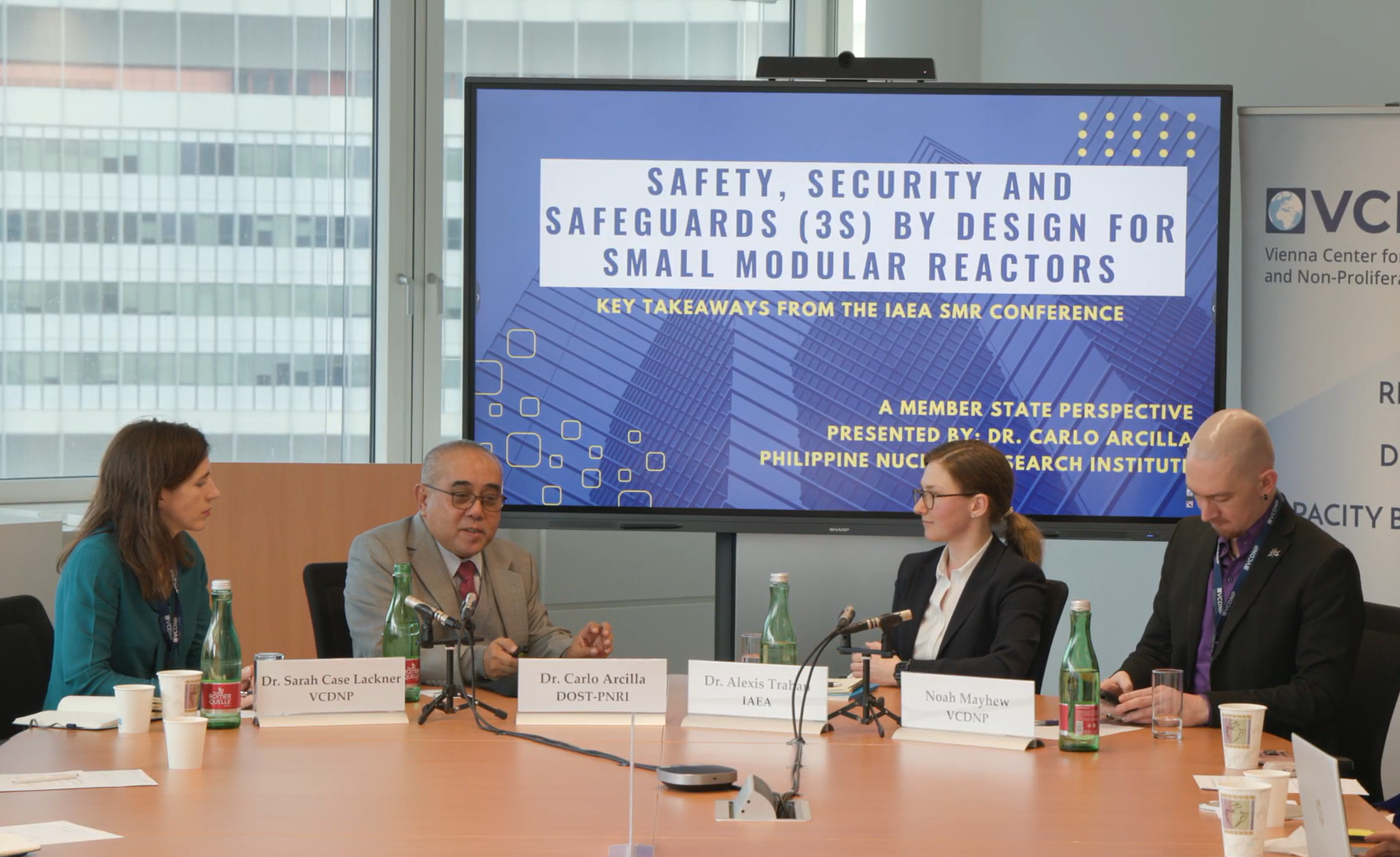
Dr. Case Lackner explored aspects of 3S by Design related to nuclear security and safety-security interfaces, drawing particular attention to the potential role of artificial intelligence in nuclear facilities. She noted that 40 percent of operating nuclear power plants employ digital control systems that may have vulnerabilities – a magnified risk for advanced reactors and SMRs. She also urged harmonising safety and security upfront, citing conflicts like locked doors blocking emergency access.
Given SMRs’ compact size and diverse deployment scenarios, Dr. Case Lackner emphasised the need for tailored, context-specific security measures. She identified wireless technology and insider threats as critical concerns, saying that “there’s always a way in”. Hence, she suggested involving designers, regulators, and operators from the beginning to integrate protection measures that support nuclear operations without causing delays or extra costs.
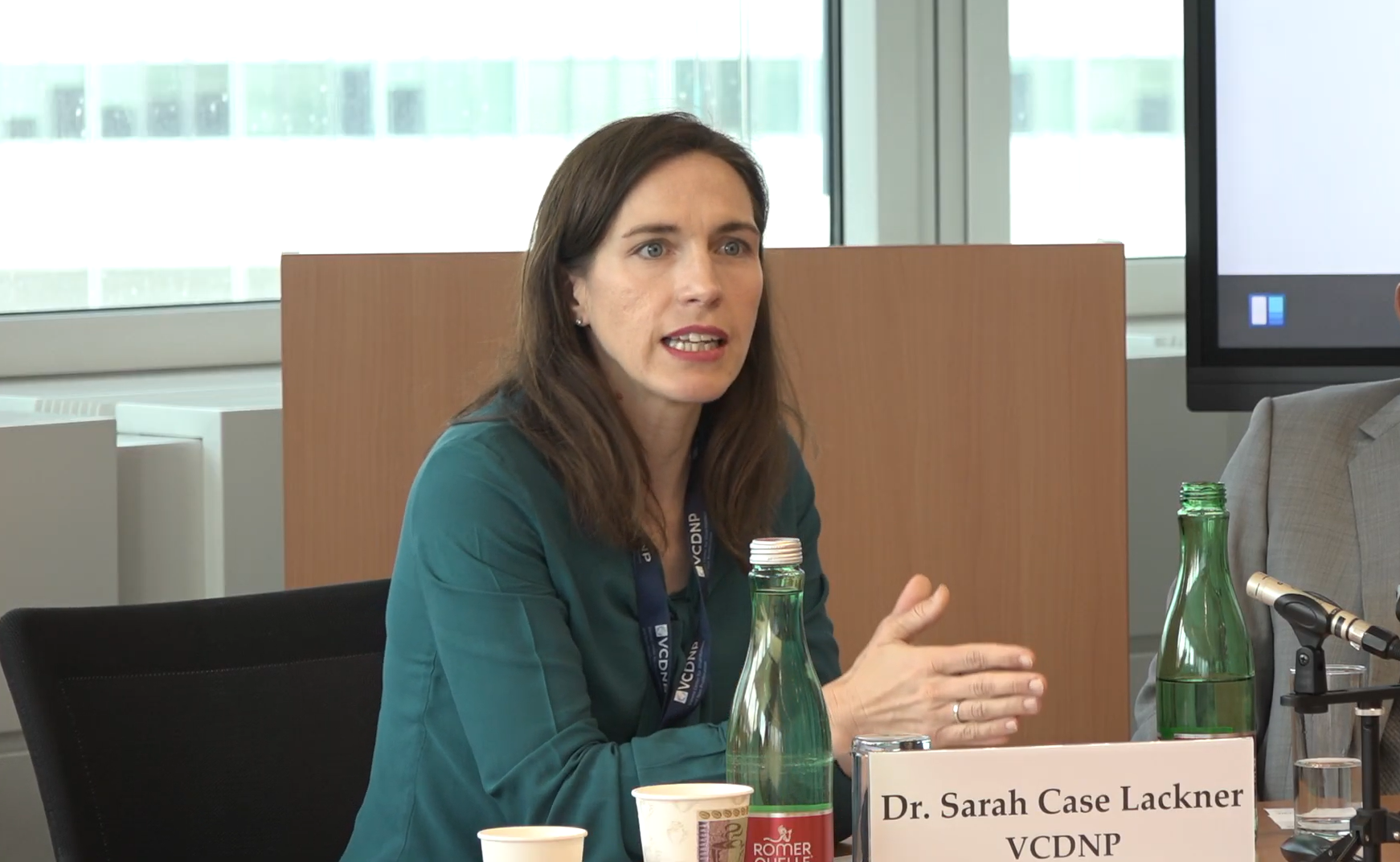
Speakers argued that SMRs compel a rethinking of nuclear responsibility, moving beyond theoretical potential to actionable imperatives: proactive engagement on designs that prevent costly retrofits, empirical validation through real-world demonstrations, and security frameworks that meet modern threats. As the industry evolves, success will depend on treating safety, security, and safeguards not as separate checkboxes but as interlocking components of responsible nuclear energy.
